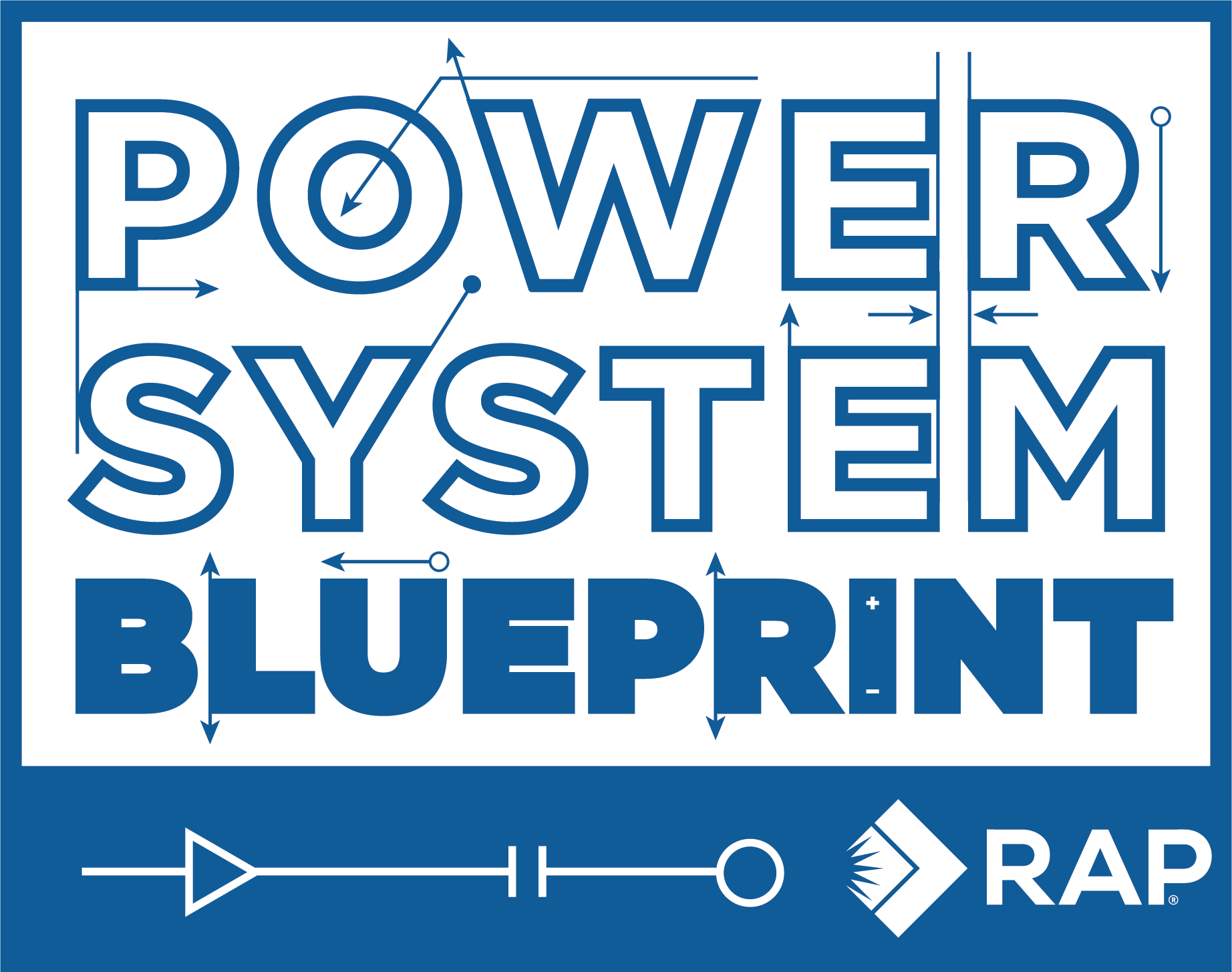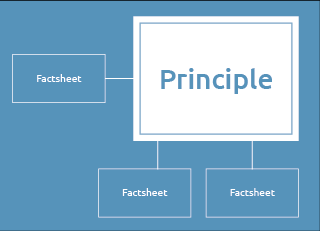SUMMARY
Retail pricesRetail prices The final price paid by an electricity customer under their tariff or service agreement, including energy costs, network fees, levies and taxes. based on competitive market prices reveal the cost of electricity based on when, where and how electricity is consumed. However, across the board regulated prices — which may be used for political reasons, for instance, to facilitate cross-subsidisationcross-subsidisation Part of the cost of a product consumed by one group is paid for by another consumer group. between user groups — risk disconnecting consumer choices from efficient system choices, as well as diminishing the pressure on retailers and generators to keep costs down. Both effects may reduce system costs. Retail competition that enhances innovative service offerings may suffer. Assistance to contain rising retail prices limited to low income and vulnerable groups could be considered.
WHAT
Competitive retail pricing for all consumers
HOW
Phase-out of regulated tariff option in Member States
WHO
National policy makers and regulators
WHEN
High urgency
Market-based, end-consumer prices expose consumers to the true cost of electricity and provide an incentive to consume optimally (the ‘how much and when’ method) and engage in energy efficiency and demand response. Regulated prices are most often not time-differentiated (but not always — see for example the long-lived Tempo tariff in France). Just like for network tariffs, the price of using electricity should reflect when they are scarce. Regulated prices do not motivate suppliers to lower cost or innovate to compete for consumers and unlock their flexibility. They may also shield incumbentsincumbents Market leading entity, often long standing with inherited customers or assets following privatisation/unbundling. It may also hold market power. from new entrants, sometimes by regulation as monopoly suppliers, but also via the low margin of or below cost regulated offers. If they are subsidised, they bar the market by hiding certain costs from consumers, which still have to be paid by someone. Consumers that have access to regulated services (‘eligible consumers’) prove to be difficult to reach with competitive offers.
Even in a competitive retail supply market, switching rates — an indicator of competition — is often low due to barriers, including too many complex and bundled products that are difficult to compare, as well as lengthy and costly processes. Easy market entry needs to be balanced with some guarantees on business resilience in case of market volatility. Rules to ensure equitable sharing of costs borne by suppliers of last resort are to be developed.
Market-based retail prices are a core element of the European electricity target modelEuropean electricity target model Based on the principle of energy-only markets where the revenue of generators depends on the price of energy sold, and zonal markets are coupled so that the lowest prices bidsa re accepted up to point where netwrok congestion prohibit further trade.. Regulated prices are legacy measures that can apply for vulnerable consumers until the deadline of the final European phase-out is set (Article 5 of the Electricity Directive). Full Implementation is prevented by the political sensitivity around final electricity bills: 80% of Member States justified some price intervention with consumer protection. However, despite the liberalisation of the electricity sector, and formal opening of the markets, many Member States define a customer segment — usually the large majority — eligible for regulated end-user prices (Figure 1). Removing regulated tariffs is fundamentally a political decision with the transition that needs to be managed carefully so no excessive cost increases occur on those struggling to pay their bills.
MYTH
The Reality
MYTH
The Reality
Source: ACER/CEER. (2020.) Market Monitoring Report (MMR) 2019 — Volume 3: Energy Retail and Consumer Protection Volume.
Electricity household consumers with price intervention compared to the total number of households in the country in 2019
Key Recommendations
- European Commission should set a firm deadline for the phase-out of regulated retail prices in 2025 or earlier.
- Member States should upgrade their effort to assist vulnerable households by dedicated energy efficiency support — and front-loading this to ease the phase out of regulated prices.
References and Further Reading
- Kolokathis, C., Hogan, M. & Jahn, A. (2018). Cleaner, Smarter, Cheaper: Network tariff design for a smart future. Regulatory Assistance Project.
- European Commission. (2019). Directive (EU) 2019/944 of the European Parliament and of the Council of 5 June 2019 on common rules for the internal market for electricity and amending Directive 2012/27/EU.
- European Commission. (2021). European barriers in retail energy markets.
- ACER/CEER. (2020.) Market Monitoring Report (MMR) 2019 — Volume 3: Energy Retail and Consumer Protection Volume.
- BEUC. (2017.) Stalling the switch: 5 barriers when consumers change energy suppliers.
- Lewis, P., Granroth-Wilding, H., & Napolitano, L. (2021.) European barriers in retail energy markets: Final report. European Commission, Directorate-General for Energy, Publications Office
- Published:
- Last modified: August 13, 2024

 Quick guide on how to use this website:
Quick guide on how to use this website: